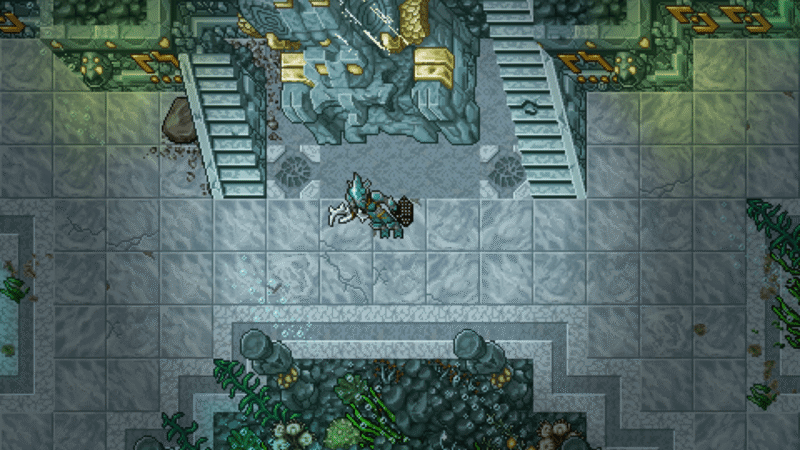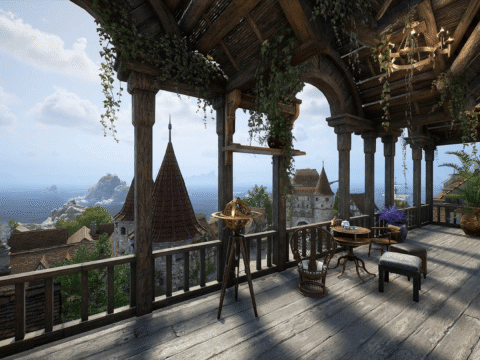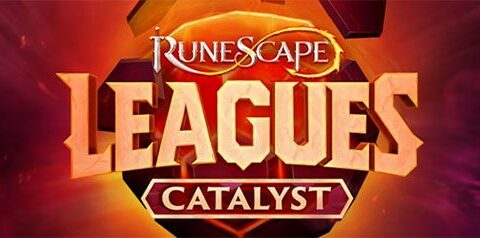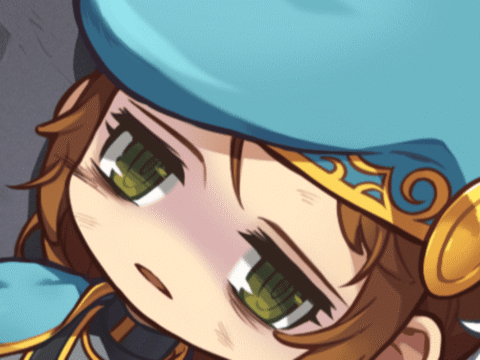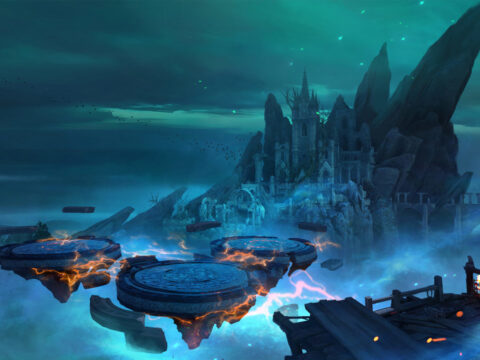While exploring the gaming realm online, especially the MMO segment, I frequently encounter Tibia. What’s the reason behind the ongoing discussions surrounding this retro 2D free-to-play MMORPG from 1997? It actually makes sense… Old School RuneScape recently achieved a record player count. Clearly, the appetite for classic MMO experiences remains strong. We observe this repeatedly. But what exactly distinguishes Tibia — and why does it continue to captivate long-time players?
A significant factor is that Tibia never coddled players. There were no glowing quest markers, minimap paths, or auto-navigation. To locate a dungeon or complete a quest, you had to delve into the dialogue, heed rumors, or even consult other players. Imagine that… Social interaction!? This absence of hand-holding fostered a genuine sense of exploration. You could accidentally wander into a cave teeming with monsters far beyond your level or discover a secret passage that no one mentioned. Now contrast this with modern MMOs like Throne and Liberty, which holds your hand so tightly that it feels like you’re in shackles. In contrast, Tibia required you to be fully engaged. It provided a truly immersive experience.
Additionally, Tibia’s punishing nature set it apart. Dying wasn’t merely a minor setback — it resulted in losing your backpack, your equipment, and possibly even whole levels. Every confrontation carried real consequences. A single mistake could cost you hours of progress. This high-stakes gameplay generated tension, starkly differing from today’s MMOs (like MapleStory), which tend to be on the easier side—at least until you reach the endgame content).
Tibia was notably social as well. Players formed guilds, operated shops, defended cities, and built their reputations. There were no global auction houses or instant matchmaking. To find a group or sell items, you had to engage with others. If you gained a reputation as a scammer or backstabber, the community would remember. This player-driven culture is rare today, although you might find glimpses of it in games like Albion Online, where players genuinely influence the experience.
The simplicity of Tibia added to its charm. The graphics were basic, even by early 2000s standards. There were no flashy effects or hyper-realistic landscapes. Similar to Realm of the Mad God; simple visuals, yet profound gameplay. The focus was on strategy and interaction.
Though Tibia was free-to-play, its monetization model was quite innovative for its time. Anyone could jump in and explore, but acquiring a Premium Account allowed access to additional zones, enhanced skills, and deeper progression. This can be likened to Guild Wars 2. It created a natural transition from casual play to deeper investment without compelling players to pay upfront.
Ultimately, what ensures Tibia’s longevity is how genuine it felt. The game was challenging but equitable. If you succeeded, it was due to your learning, strategy formulation, or assistance from others. If you failed, you had to accept the loss and improve next time. Modern MMOs often soften the impact of failure, showering players with continuous rewards, and accelerating every aspect. While these systems can retain players, they also diminish much of the magic.
Players long for Tibia not merely out of nostalgia, but because it provided an experience that seems absent from the genre today: a genuine sense of adventure. Tibia was a realm where you could get lost, encounter strangers, forge lifelong friendships, endure significant losses, and craft your own unique narrative. It was unyielding, quirky, and straightforward — in the best way.
By the way, Tibia remains playable to this day if you’re interested.

